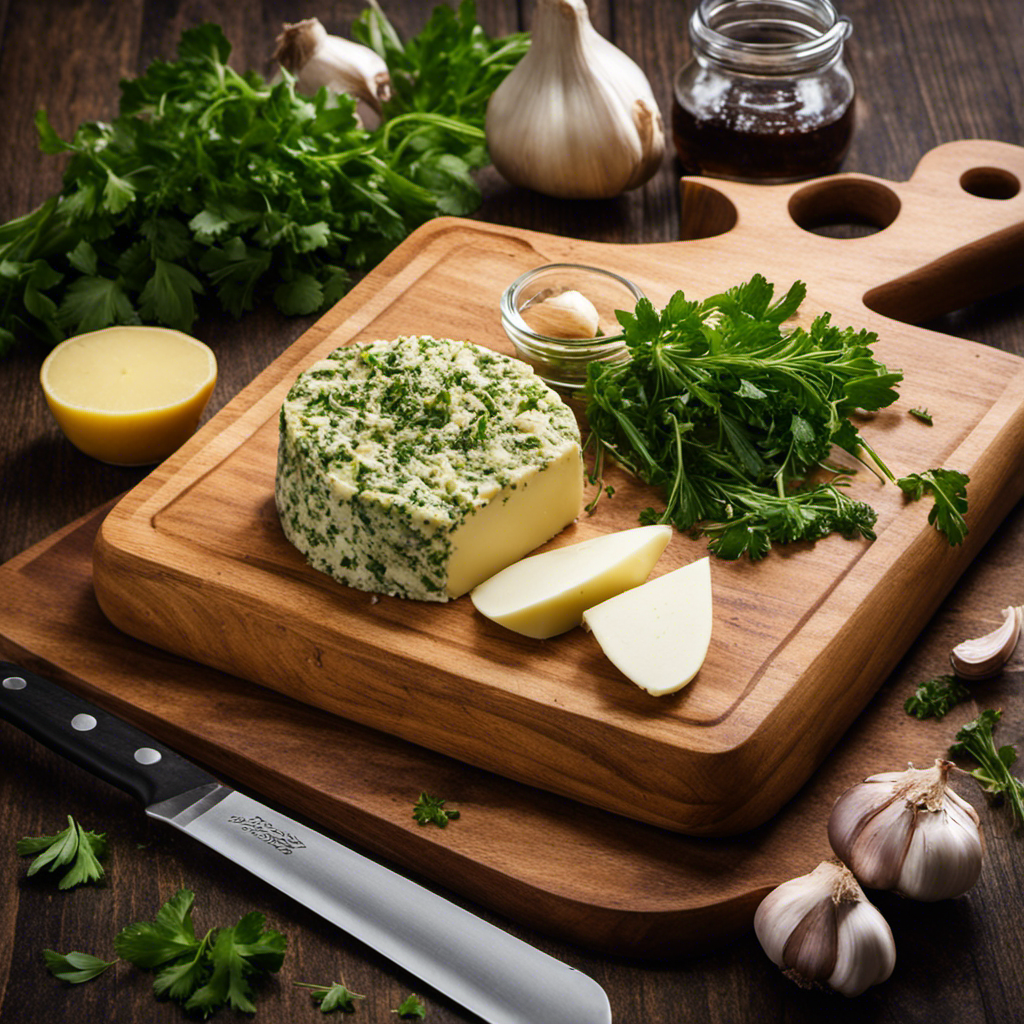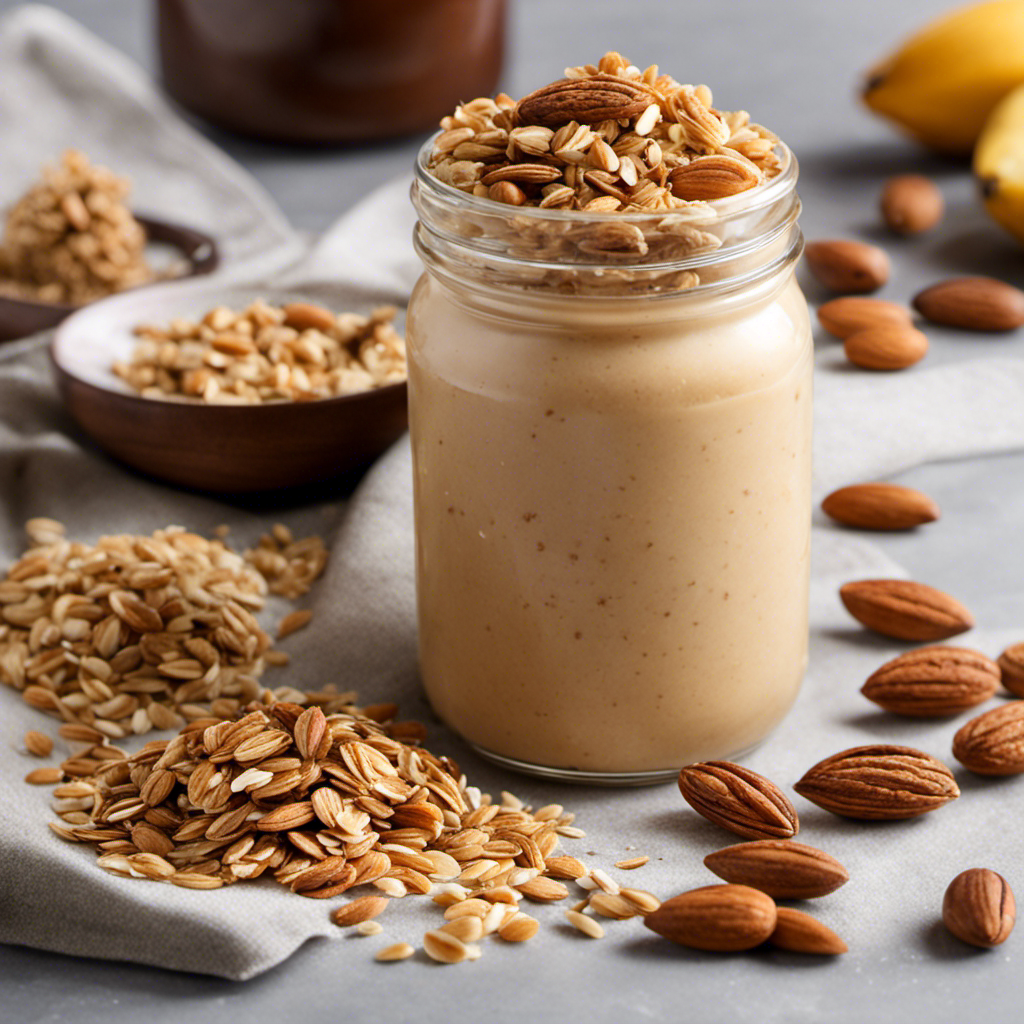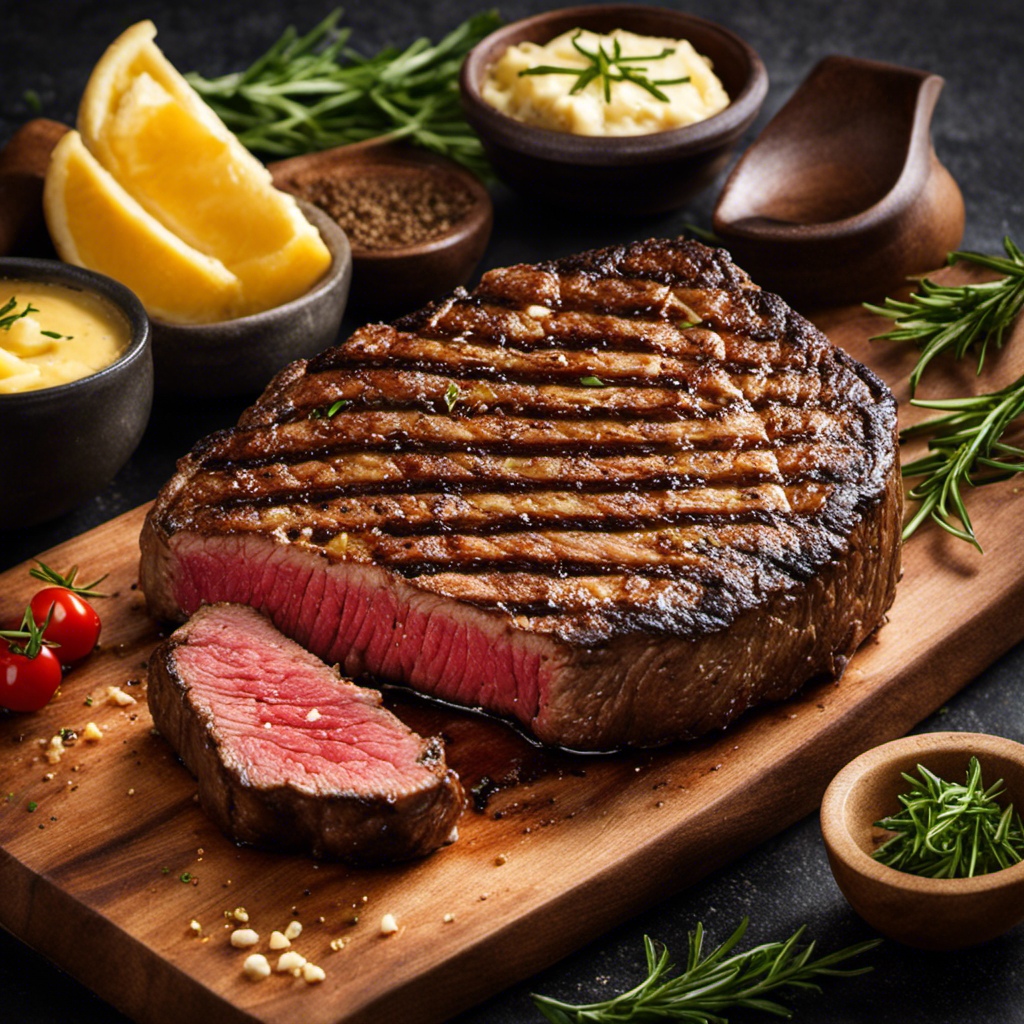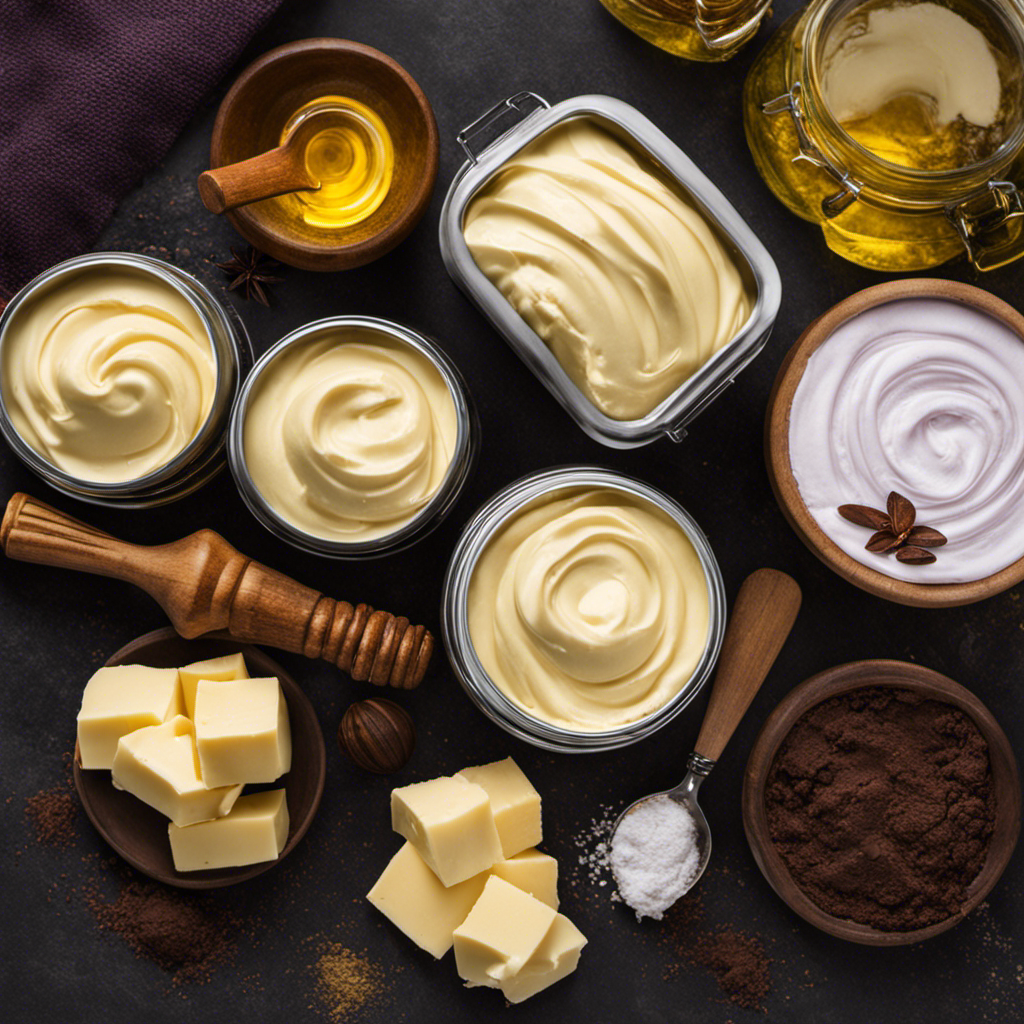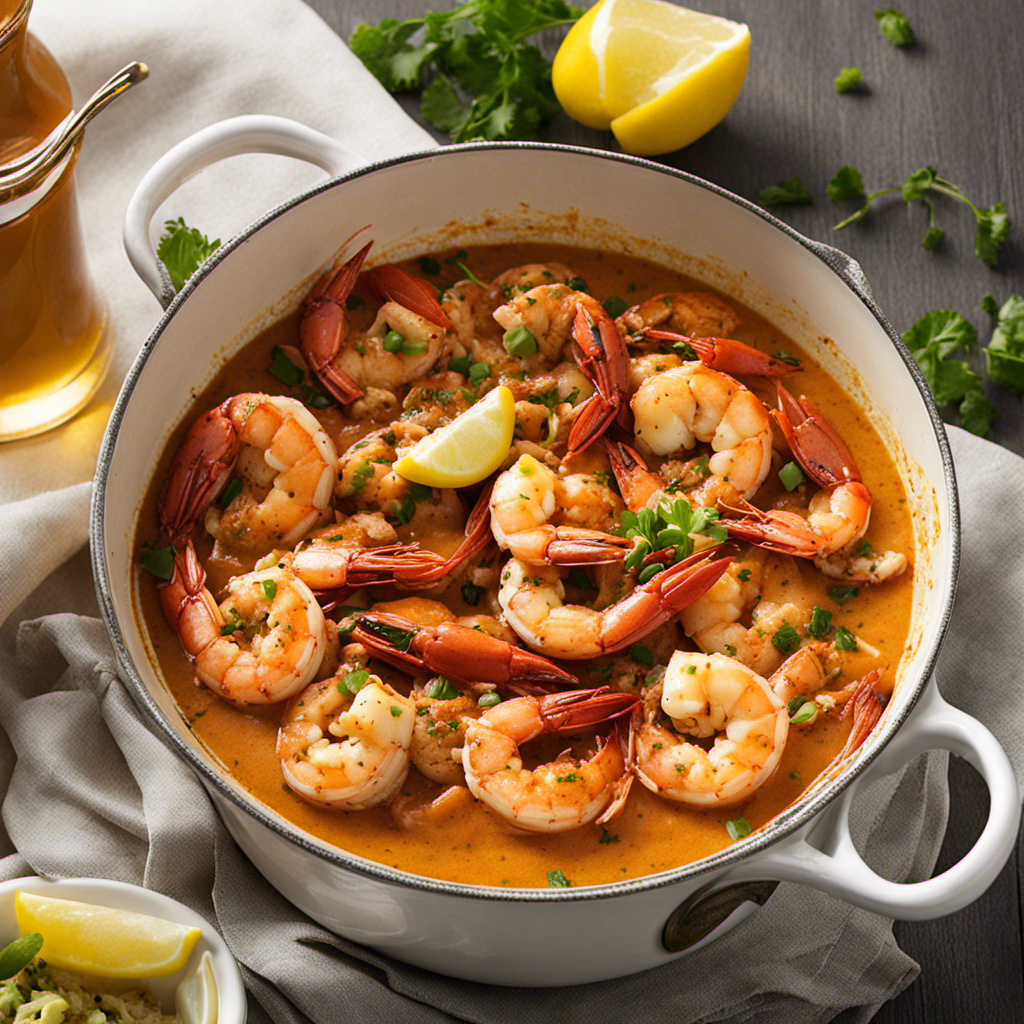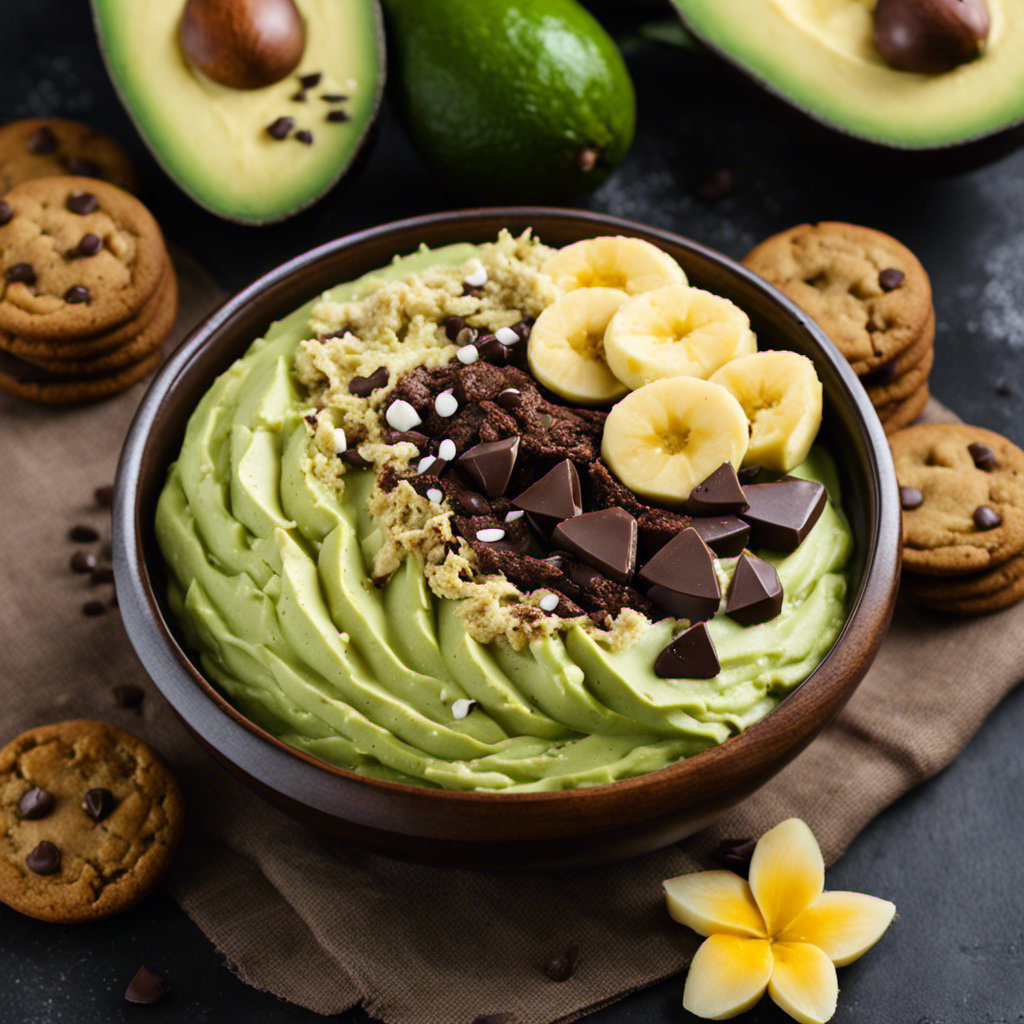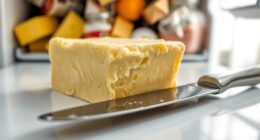I really enjoy cooking with garlic herb butter. It brings a delicious and savory element to any recipe.
In this article, I’ll show you how to make your own delicious garlic herb butter from scratch. We’ll start by carefully selecting the perfect combination of herbs and garlic.
Then, we’ll prepare a creamy butter base that will serve as the foundation for our flavorful creation.
Finally, we’ll blend everything together, shape it, and store it for future use.
Get ready to elevate your cooking game with this irresistible homemade garlic herb butter.
Key Takeaways
- Gather fresh herbs like rosemary, thyme, and parsley for maximum flavor.
- Experiment with different combinations of herbs and garlic to find your perfect blend.
- Start with high-quality, unsalted butter as the base.
- Properly store the garlic herb butter to maintain its aroma and taste.
Choosing the Right Herbs and Garlic
First, gather your favorite herbs like rosemary, thyme, and parsley, along with fresh garlic cloves.
When choosing fresh herbs, look for ones that are vibrant in color and have a strong aroma. This indicates that they are full of flavor and will enhance your garlic herb butter.
For the garlic, consider different types. You have the common white garlic, widely available and with a pungent flavor. There’s also black garlic, fermented and with a sweet and tangy taste. Lastly, you can opt for elephant garlic, which is milder and less intense.
Experiment with different combinations of herbs and garlic to find your perfect blend for the most delicious garlic herb butter.
Preparing the Butter Base
Next, you’ll need to gather all of your ingredients for the butter base. Making a delicious garlic herb butter requires careful selection of ingredients to create the perfect flavor combination. Here are three key elements to consider:
-
Unsalted Butter: Start with high-quality, unsalted butter as the base for your garlic herb butter. It provides a rich and creamy texture, allowing the flavors of the herbs and garlic to shine.
-
Garlic: Fresh garlic is essential for that distinct garlic flavor. Peel and finely mince the garlic cloves for a robust taste. Alternatively, you can use roasted garlic for a milder and sweeter flavor profile.
-
Herb Choices: While traditional choices like parsley, thyme, and rosemary work well, don’t be afraid to experiment with alternative herbs. Fresh basil, chives, or even a touch of cilantro can add unique and exciting flavors to your butter.
Incorporating the Herbs and Garlic Into the Butter
To incorporate the herbs and garlic into your butter, start by finely mincing the garlic cloves and chopping the herbs into small pieces. This step is crucial to ensure that the flavors of the herbs and garlic are evenly distributed throughout the butter.
Once minced and chopped, you can proceed with blending them into the butter. Blending techniques can vary, but a popular method involves combining the softened butter with the minced garlic and chopped herbs in a bowl. Using a fork or a spatula, gently mix everything together until well combined.
It’s important to pay attention to the ingredient ratios as well. The amount of garlic and herbs used should be balanced with the quantity of butter to achieve the desired taste. Experiment with different ratios until you find the perfect combination that suits your preference.
Mixing and Blending the Ingredients
When it comes to mixing and blending the ingredients for a recipe, optimal techniques and ingredient ratios are crucial for achieving a balanced and flavorful result.
Finding the right blending technique ensures that all the ingredients are evenly incorporated, resulting in a smooth and cohesive mixture.
Additionally, understanding the importance of ingredient ratios allows for the perfect balance of flavors, creating a harmonious and well-rounded dish.
Optimal Blending Techniques
For the best results, it’s important to blend the garlic and herbs together until they are well combined. This ensures that all the flavors are evenly distributed throughout the butter, creating a harmonious and delicious taste.
To achieve optimal blending, follow these tips:
-
Use a food processor or blender: These appliances provide a powerful and consistent blend, ensuring that the garlic and herbs are finely chopped and incorporated into the butter.
-
Start with softened butter: Softened butter is easier to blend and allows the flavors to infuse more effectively. Take the butter out of the refrigerator about 30 minutes before blending.
-
Add the garlic and herbs gradually: Rather than adding everything at once, add the ingredients in small increments. This allows for better blending and ensures that the flavors are evenly distributed.
Ingredient Ratios for Balance
Achieving a balanced flavor in your culinary creations relies on carefully measuring and adjusting the ratios of different ingredients. When it comes to making garlic herb butter, the right combination of flavors is essential. To ensure a harmonious blend, it is important to consider the proportions of each ingredient. Below is a table showcasing some popular flavored butter variations and their ingredient ratios:
| Flavored Butter Variation | Butter | Garlic | Herbs |
|---|---|---|---|
| Garlic Herb Butter | 1 cup | 4 cloves | 2 tbsp |
Garlic herb butter is a versatile ingredient that can bring a burst of flavor to many dishes. Beyond simply spreading it on bread, there are creative uses for this butter. It can be melted and drizzled over roasted vegetables, used as a flavorful base for sautéing shrimp or chicken, or even added to mashed potatoes for an extra punch. By experimenting with different ratios of garlic and herbs, you can customize the flavor profile to your liking. Now that we understand the ingredient ratios for balanced garlic herb butter, let’s move on to shaping and storing this delicious creation.
Shaping and Storing the Garlic Herb Butter
To shape and store the garlic herb butter, simply wrap it tightly in plastic wrap. This technique is essential for preserving freshness and ensuring the butter maintains its flavor and aroma.
Here are three key tips to consider when storing garlic herb butter:
-
Shape it into a log: Roll the butter into a cylindrical shape, similar to a log. This not only makes it easier to slice or spread but also allows for efficient storage.
-
Use plastic wrap: Wrap the log of garlic herb butter tightly in plastic wrap. This helps to protect it from air exposure, which can cause oxidation and spoilage. Ensure there are no air pockets or gaps in the wrapping.
-
Refrigerate or freeze: Place the wrapped garlic herb butter in the refrigerator for short-term storage, or in the freezer for longer-term storage. It can last for several weeks in the refrigerator and up to several months in the freezer, maintaining its freshness and flavors.
Serving and Enjoying the Final Product
Now that you’ve shaped and stored it, it’s time to savor the final product of your homemade garlic herb butter. This versatile and flavorful condiment is perfect for enhancing the taste of a variety of dishes.
One of my favorite serving suggestions is to spread a generous amount of the garlic herb butter on a warm slice of freshly baked bread. The creamy texture and aromatic flavors add a burst of deliciousness to every bite.
For a more indulgent experience, try melting a dollop of the butter over a juicy steak or grilled seafood. The richness of the butter beautifully complements the savory flavors of the meat.
If you’re looking for lighter options, consider using the garlic herb butter as a topping for roasted vegetables or a dressing for salads. The possibilities are endless!
Frequently Asked Questions
Can I Use Dried Herbs Instead of Fresh Herbs for This Recipe?
Yes, you can use dried herbs instead of fresh herbs for this recipe. When using dried herbs, remember to reduce the amount by half, as their flavors are more concentrated. It’s a great alternative to fresh herbs.
How Long Can I Store the Garlic Herb Butter in the Refrigerator?
You can store the garlic herb butter in the refrigerator for up to two weeks. It’s important to keep it in an airtight container to maintain its freshness and flavor.
Can I Use Margarine Instead of Butter for This Recipe?
Yes, you can substitute margarine for butter in this recipe. However, using butter is preferable because it adds richness and flavor. Additionally, using fresh herbs enhances the taste and aroma of the garlic herb butter.
Can I Freeze the Garlic Herb Butter for Later Use?
Yes, you can freeze garlic herb butter for later use! It’s a great way to extend its shelf life and have it readily available. Plus, it can be used as a delicious spread or to enhance the flavor of various dishes.
Can I Use a Food Processor Instead of a Hand Mixer to Blend the Ingredients?
Yes, a food processor can be used instead of a hand mixer to blend the ingredients for garlic herb butter. However, be careful not to over-process as it may affect the texture. Store in an airtight container in the refrigerator.
Conclusion
In conclusion, making garlic herb butter is a simple yet exquisite way to elevate your culinary creations.
By carefully choosing the right herbs and garlic, preparing a smooth butter base, and skillfully incorporating the flavors, you can achieve a harmonious blend of aromas and tastes.
Mixing and blending the ingredients with precision is crucial to ensure a perfect consistency.
Finally, shaping and storing the butter properly will preserve its freshness for future use.
So, indulge in the satisfying process of creating this delectable spread and savor the delightful results it brings to your dishes.
